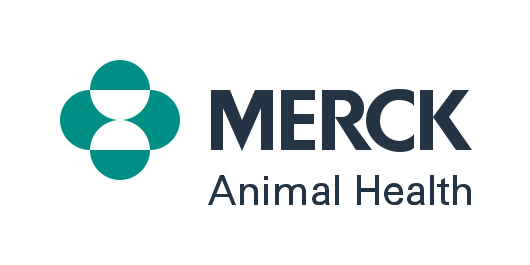Does the extra protection from a teat sealant deliver ROI?
By Tiago Tomazi, PhD, DVM
Dairy cows are at the greatest risk of developing a new intramammary infection (IMI) during the dry period – especially two to three weeks after dry-off and two to three weeks prior to calving. The combination of environmental and physiological changes that cows experience during the dry period makes them most susceptible to IMIs. These risk factors include hyperkeratosis, cracked teats and variability in keratin plug formation.
Further, new IMIs during the dry period result in “carryover infections” into the next lactation, which leads to an increased risk of clinical mastitis cases, inferior milk quality, production losses and early removal from the herd. Preventing these IMIs is crucial and can significantly impact a dairy producer’s bottom line.

However, there is one portfolio that contains every tool you need to cut mastitis losses. It’s the M-Power portfolio from Merck Animal Health. As the only full-solution portfolio in animal health, the M-Power approach empowers producers to prevent new infections, detect issues sooner and treat mastitis effectively to maintain productive cows.
So what options do producers have? For many, the first line of defense is an internal teat sealant.
Are teat sealants worth the investment?
The National Mastitis Council’s (NMC) Recommended Mastitis Control Program suggests using a teat sealant when dry cows are exposed to high levels of environmental pathogens.1 Years of research supports this. Studies have found:
- Clinical mastitis cases during the first 30 days in milk (DIM) have been estimated to cost more than $400 per cow.
- Nearly 25 percent of teat ends remain open up to six weeks after dry-off, making cows more susceptible to infection.2
- The use of an internal teat sealant can reduce the risk of developing an IMI by more than 70%.3
In this environment, the benefits of an internal teat sealant are clear. But which teat sealant should producers reach for?
Comparing SHUTOUT® and ORBESEAL®
When it comes to teat sealants, two of the most popular choices on dairies are SHUTOUT, from Merck Animal Health, and ORBESEAL from Zoetis. Recently, a randomized equivalence study was conducted to compare the efficacy of the two products.4
Lactating cows at six commercial dairies in Minnesota and Iowa received 500 mg of ORBENIN-DC™ (cloxacillin benzathine intramammary infusion), a targeted treatment for gram-positive bacteria from Merck Animal Health, in each quarter at dry-off, followed by administration of either SHUTOUT or ORBESEAL teat sealants. At dry-off and again during the first 14 DIM, researchers collected milk samples from each quarter to diagnose subclinical mastitis, using milk cultures to identify pathogens present. Milk samples were also collected from cows exhibiting signs of clinical mastitis for the first 120 DIM.
The results?
Research shows that SHUTOUT is just as effective as ORBESEAL in preventing mastitis during the dry period. There were no statistical differences in the effectiveness of SHUTOUT and ORBESEAL when evaluating the risk of new IMIs in the dry period, mastitis cure rate, risk of culling or death, milk yield and Somatic Cell Count post-calving.4 And regardless of the internal teat sealant used, ORBENIN-DC cured more than 95% of the infected quarters.
With the ever-growing economic challenges that dairy producers face, the dry period is a critical time that must be properly managed to ensure cows remain healthy and productive during their next lactation. This study reinforces the importance of a comprehensive dry cow management program that includes antibiotic therapy at dry-off to cure existing subclinical mastitis cases, along with an effective teat sealant to prevent new intramammary infections during the dry period.
For more information, talk to your veterinarian or visit Productive-Cows.com.
Important Safety Information
ORBENIN-DC: For use in dry cows only. Do not use within four weeks (28 days) of calving. Treated animals must not be slaughtered for food purposes within 4 weeks (28 days) of treatment. For additional information, please see the product label.
References
- NMC Recommended Mastitis Control Program, August 2000.
- Dingwell R, Leslie K, Sargeant J, Schukken Y, Timms L. Impact of milk production and important management factors on the process of dry-off in lactating dairy cows. Kansas Agricultural Experiment Station Research Reports, 2001.
- Rabiee AR & Lean IJ. The effect of internal teat sealant products on intramammary infection, clinical mastitis, and somatic cell counts in lactating dairy cows. J. Dairy Sci. 2013;96(11):6915-6931.
- Buckley MP. Bayne J, Tomazi T, Miller BE, Godden SM, Silva GS, Gorden PJ. 2023. A randomized equivalence study evaluating the efficacy of two commercially available teat sealants in dairy cows. The Bovine Practitioner 27(2):36-50.
Find more content for your dairy operation.
